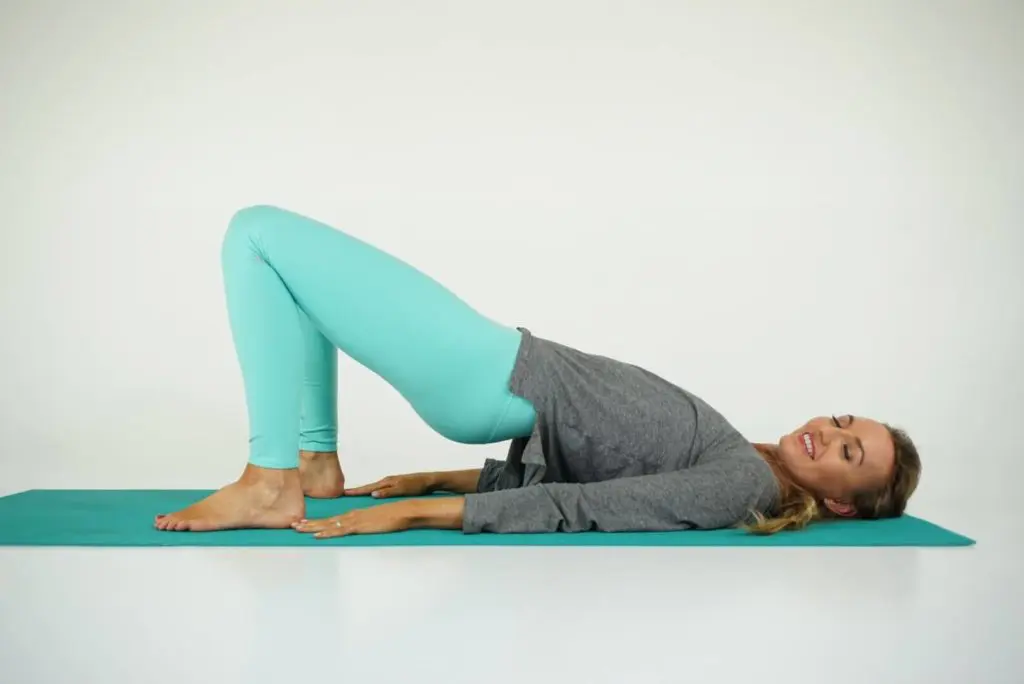
Our yoga practice is meant for more than fancy poses. When approached holistically, it can help you feel confident, centered and purposeful. To get to that place, we need to focus more fully on the energetic side of yoga. This is where the study of Prana Vayus, and more specifically Udana Vayu, comes in.
Udana Vayu is the energetic movement that guides us towards enlightenment. How can this energy benefit us? Let’s take a look.
Udana Vayu: The Ascending Wind
Udana Vayu is the movement of energy, or prana, that guides us to higher consciousness. You may be familiar with the term prana from your previous yoga practices. If not, check out our overview of prana energy.
Essentially, prana is our subtle body energy, or inner life force. Everything we do in our yoga practice has an effect on our prana. There are five potential movements of prana in the body, one of which is Udana Vayu.
The five prana vayus are studied and practiced in-depth in traditional yoga texts like The Hatha Yoga Pradipika. And though they may seem confusing at first, working with these powerful energies can help bring balance and depth to your yoga practice.
Udana Vayu is seen as the upwards movement of energy in the body. It’s the ascending force that guides us to higher levels of consciousness. Udana Vayu helps you go from sleeping to wakefulness, but also from the limits of your five senses to a space of blissful consciousness.
Meaning of Udana Vayu
Udana Vayu is a Sanskrit term that most often translates to “ascending air.” The vayus are often expressed through the breath, which is seen as the most powerful energy source in yoga. Because of this, the Vayus are often translated to mean different movements of air through the body.
Udana Vayu Location in the Body
Though Udana Vayu is present through the entire body, it is primarily located between the head and the heart. If you’re familiar with the chakras, Udana Vayu is housed in the throat chakra, or Vishuddha Chakra.
Physically, Udana Vayu is tied to the thyroid and parathyroid glands. This helps to regulate your metabolism and your nervous system.
Movement Pattern of Udana Vayu
All vayus travel along what is known as the sushumna nadi. This is the central axis for subtle body movement and transmission. The sushumna nadi aligns very closely with the anatomical spine. It’s also the reason we have the chakra system!
As the ascending and radiant force in the body, Udana Vayu moves upwards along the spine and is connected with the radiant body. Its ultimate goal is to move us from the lower-level chakras of everyday existence into the higher chakras located in the upper body.
Udana Vayu is meant to lead you to a more enlightened space where you can release the static noise of everyday existence. From here, you exist in a space of greater subtle body awareness.
Why Study Udana Vayu
When we work with Udana Vayu, we begin to access the higher planes of our consciousness. Associated with the Kundalini Shakti, this powerful energy can help you feel more confident & joyous, and give you the ability to express yourself with intention.
When Udana Vayu is strong and flowing, we are confidently able to bring our creative ideas and dreams to life. We can think clearly, we’re more mentally efficient, and we’re well on our way to a powerful self-transformation.
Common Signs of Imbalance in Udana Vayu
Physical signs of imbalance in Udana Vayu are often located around the throat center. As the Prana Vayu stimulates creative expression and confidence, imbalance often means self-doubt. Expressions of energy imbalances are different for everyone, but here are some common signs of an imbalance in Udana Vayu.
- General negativity. This can be negativity in mindset but especially comes through in negative or inappropriate speech.
- The inability to express oneself authentically. Udana governs creative expression, so the inability to express one’s truth can correlate to a depletion in this energy.
- Mental overwhelm leads to inactivity. When this expressive Vayu is out of balance, new ideas and creative ventures may seem especially daunting. This can cause overwhelm & a total inability to act.
How to Balance Udana Vayu
As the fifth of the five Vayu, Udana Vayu is activated by the proper regulation of the previous Prana Vayus. To truly activate this radiant force, we must first regulate Samana Vayu, prana Vayu, and Apana Vayu. Though the practices below will help to balance Udana Vayu, they’re best done after a well-rounded asana practice. This doesn’t need to be a long asana practice. The most important thing is to bring your whole body and your entire awareness to the practice.
If done properly, these are wonderful tools to help balance the Udana Vayu.
Udana Prana Asanas
The best poses for Udana Vayu are poses that direct energy toward the head, neck, and upper back. This will stimulate the upper chakras, and help to clear the throat center. After a proper asana practice to warm up the body, inversion postures will help with bringing prana to the upper chakras.
Shoulderstand, plow pose or headstand will all work. If you don’t have a strong inversion practice, bridge pose or fish pose are also good options.

Simhasana
Simhasana, or Lion’s Breath, is a pranayama practice that works to help cleanse the body. It also brings a rush of energy towards the throat center and the head, making it a powerful Udana Vayu practice.
- To begin, come to a comfortable, seated position with your hands on your knees.
- Take a deep breath in, and let it go naturally to begin.
- Take another deep inhale. On your exhale, stick your tongue out, roll your eyes slightly back into your head, and send the breath out forcefully through your open mouth.
- Bring your tongue in, close your lips and reset with a natural inhale.
- Repeat this process a few times until you start to feel the subtle energies rising.
- Always end with 3 – 5 natural breaths so the body has time to adjust.
Udana Vayu Mudra
This mudra is a great addition to a seated meditation practice and can work to subtly regulate Udana Vayu in the body.
- Come to a comfortable, seated position and begin to relax your body.
- Place your hands on your knees with palms facing upwards
- Bring your index finger, middle finger and ring finger together, then draw them in to touch your thumb. Your pinky finger should still be extended. Do this mudra with both hands.
- Remain here in your seated meditation for at least 10 deep breaths.
- When you’re ready, slowly release the mudra and come out of your meditation.
Next Steps
- Check out my YouTube channel and find some yoga classes that you can try out for yourself!
- Explore my knowledge hub for How to Become a Yoga Teacher
- Attend a 200 YTT info session to see what else you’ll learn in my online teacher training.
Experience 3 Training Videos from Inside My 200-Hour Online YTT

Learn how to do 11 of the most popular yoga poses correctly. Free video + PDF download.











